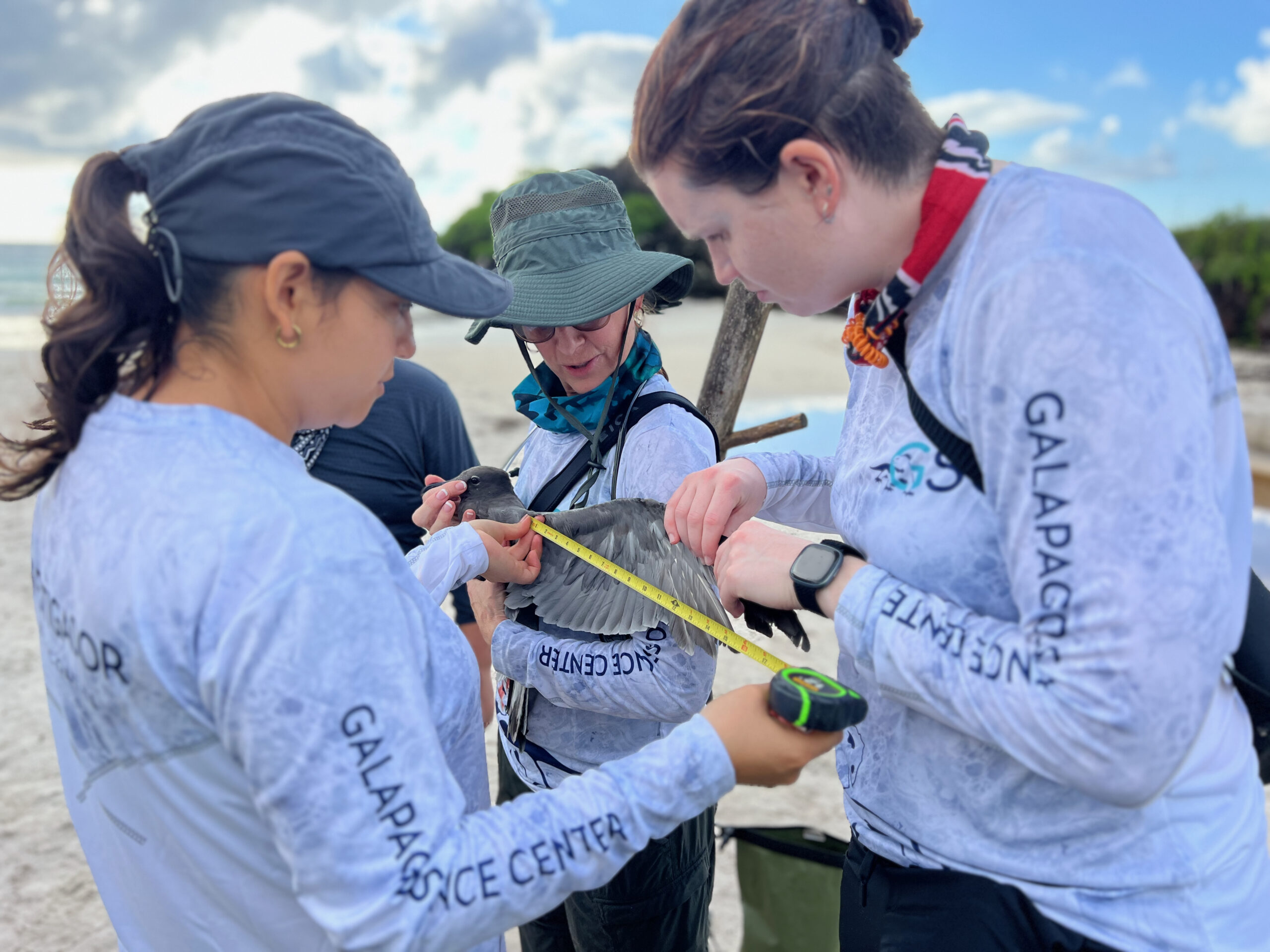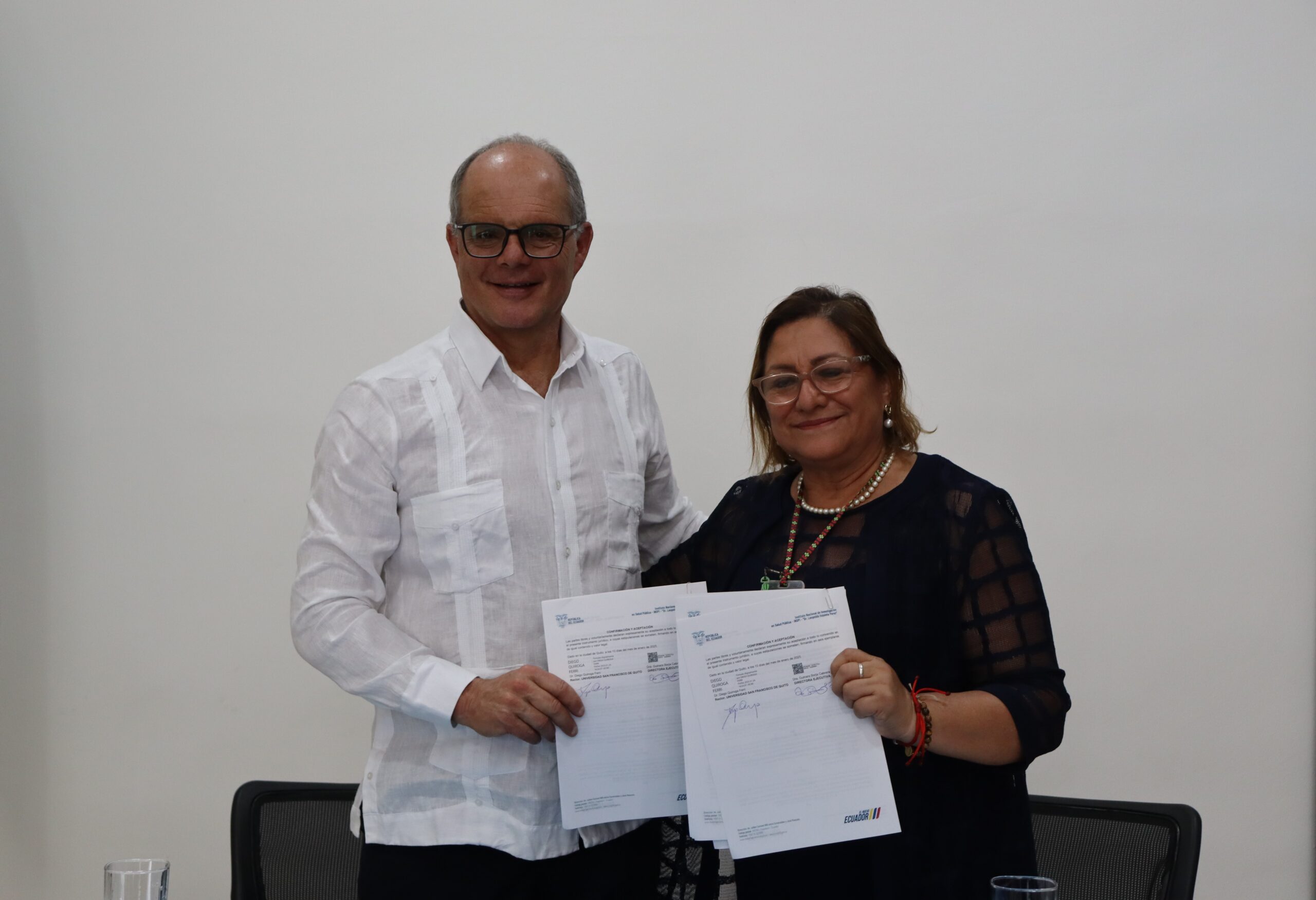This is all part of their research project titled “How exotic are exotic species? Ecological analysis of arthropod networks associated with exotic and native legume seeds in Galapagos.”
Leucaena leucocephala is a species that, due to its great adaptability, is considered highly invasive. Currently, there are records of the presence of this species in the 4 populated islands of the Galapagos. However, its exact distribution is currently not known.
In order to study this, Camacho and Rivas use drones to map this plant in urban, rural and protected areas. This means capturing drone images from the coast of Puerto Baquerizo Moreno to El Progreso, located 7 kilometers from the coastline and with a climate more rainy and cold.
Although the main objective of this research is to map the presence and absence of Leucaena leucocephala before it is considered a pest, Camacho also seeks to know the perception and use that people have of this species. This means better understanding how this plant interacts with other species of insects and native plants, and to do so community surveys are being conducted.

“Leucaena leucocephala is considered one of the most invasive species in the world because its seed is easy to disperse, and the wind, birds, insects and even humans help in this process,” says Camacho.
According to Rivas, the use of drones in this research has allowed a broader and more realistic view of the space that this plant is occupying and the speed at which it spreads.
In addition, a predictive map will be prepared to provide local authorities with a clear scenario on which to guide the control and elimination of invasive species that represent a danger to the conservation of the Galapagos Islands.
This work is carried out under the research permit PC 41-21 processed by the Charles Darwin Foundation and with Gonzalo Rivas’ accompaniment, a researcher and professor at the Galapagos Science Center. This project exemplifies how inter-institutional collaboration strengthens science and conservation.






